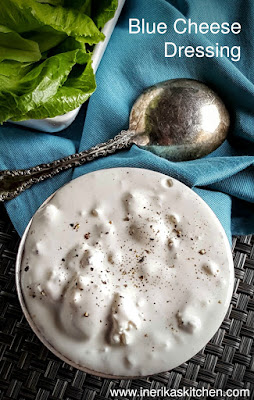Once I decided that it was time to change what I eat and how I think about food, I found it relatively easy to stick with it. This health transformation has been much more about my head than my body.
But that doesn't mean I never have cravings. I do. Of course I do.
Once I eliminated most carbohydrates from my diet, I was surprised to find that pizza was the thing I craved most often. So I started thinking about pizza substitutes.
(For the record, I tried five different cauliflower crust recipes. Didn't do it for me.)
I started making this low-carb eggplant parmesan casserole a few weeks into my new lifestyle. I call it my "I Really Want Pizza Casserole."
It's got all the flavor of pizza, with my favorite (no added sugar) tomato sauce and stretchy mozzarella cheese. Eggplant stands in for the starch. And instead of breadcrumbs, I use almond flour to absorb some of the liquid.
The secret to getting the texture right is to bake the eggplant slices to dry them out a bit before assembling the casserole. That way the eggplant has some chewy heft to it and doesn't dissolve into mush.

Low-Carb Eggplant Parmesan Casserole
This low-carb eggplant parmesan casserole has all the flavor of pizza without sabotaging your low-carbohydrate diet. The secret to getting the right texture: drying the eggplant slices in the oven before assembling the casserole.
Ingredients
- 2 pounds eggplant (look for thinner ones if possible)
- 2 cups tomato sauce
- 1/2 cup almond flour
- 1/2 cup grated parmesan cheese
- 1 teaspoon garlic powder
- 1/2 teaspoon salt
- 1 teaspoon Italian seasoning
- 2 cups mozzarella cheese, shredded
Instructions
Heat the oven to 375 degrees F. Line two baking sheets with parchment paper or foil, then spray with nonstick cooking spray.Slice the eggplants into 1/2-inch rounds (don't peel them). Lay the eggplant slices on the prepared baking sheets.Bake the eggplant slices for 30 minutes, until they are somewhat dried out and starting to look leathery. Remove the baking sheets from the oven and let cool 30 minutes. Leave the oven on.While the eggplant is baking, mix together the almond flour, parmesan cheese, garlic powder, salt, and Italian seasoning in a small bowl.Assemble the casserole: Spray a medium-sized casserole dish with nonstick cooking spray. Pour a few spoonfuls of tomato sauce in the bottom and spread it around. Lay down a layer of eggplant slices. Sprinkle over about 1/4 of the almond flour mixture, then some mozzarella. Drizzle some more of the sauce on top. Continue to layer the ingredients until all are used, ending with mozzarella and a drizzle of tomato sauce.Bake the casserole about 45 minutes, until the sauce is bubbling and the cheese is melted and golden brown in places on top. Serve hot.
Details
Prep time: Cook time: Total time: Yield: 6 servings













